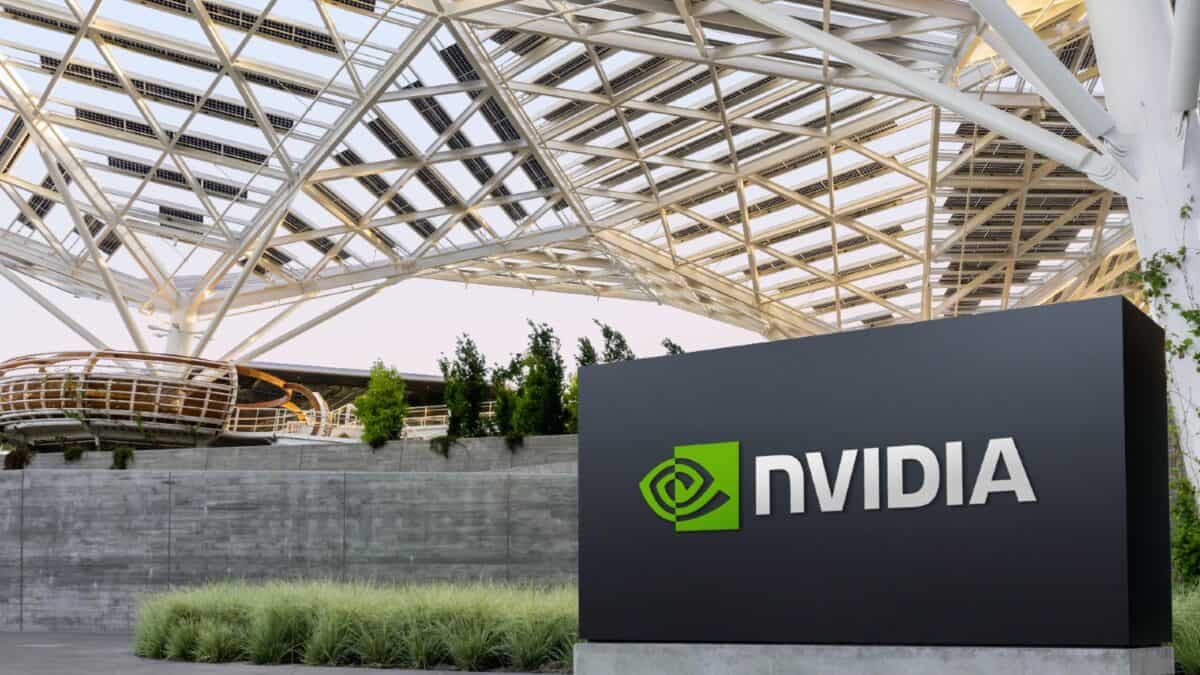Image source: Getty Images
The Shell (LSE: SHEL) share price has been relatively becalmed lately but that could change in an instant.
These are frightening times, as the conflict in the Middle East intensifies. Where the oil price goes next is anybody’s guess.
And people have been guessing. There are some “wild oil price forecasts” out there, according to Oilprice.com, with some analysts saying oil could top $300 a barrel if Iran launches a full blockade of the Gulf of Hormuz. That’s the world’s most vital oil cargo lane, with 21m barrels passing through every day.
An uncertain time for the oil price
That’s the extreme scenario. Iran backer China doesn’t want to see the oil price rocket like that. But it demonstrates the level of concern out there.
Another risk is that Israel strikes Iranian energy infrastructure. Hitting its export capacity could take 1.5m barrels of crude a day off the market. Then again, Israel’s backer the US doesn’t want pricier oil either, with the presidential election weeks away.
Shell’s shares are down 2.38% over the last year. They’ve crept up in recent days, but Middle East tensions have had surprisingly little impact so far.
The 16 analysts offering one-year share price forecasts for Shell have set a median target of 3,092.5p. That’s up 19.7% from today’s 2,579p. The maximum estimate is 3,603.5p, which is almost 40% higher. If oil heads towards $300 it could smash through that.
Interestingly, none predict the share price will fall. That’s quite unusual, especially with so many analysts involved.
Yet it could happen. Early excitement over recent Chinese stimulus has quickly ebbed, squeezing the oil price. After nudging $81 a barrel, Brent crude is back to around $77.
Oilprice.com says many traders are still aggressively shorting oil, due to a large rise in inventory levels. The selling could continue even if Israel does strike Iran, provided it avoids its oil and nuclear installations.
So much for geopolitics. What about Shell itself? Frankly, the FTSE 100 oil and gas giant looks great value whatever the geopolitical weather, with a price-to-earnings ratio of just 8.1.
Top FTSE 100 value stock
Its price-to-sales ratio is now just 0.7, which means investors are essentially paying 70p for each £1 of sales it makes.
Shell’s revenues rocketed during the energy shock, from $29.8bn in 2021 to $64.8bn in 2021. However, they fell almost as fast in 2023, halving to $32.6bn.
That’s still an awful lot of dollars though. It allowed Shell to return $8.4bn to shareholders through dividends and $14.6bn through share buybacks. It continues to spend $3.5bn on share buybacks every quarter.
The trailing yield of 3.9% is disappointing but it’s forecast to hit 4.1% this year, nicely covered 2.9 times by earnings. In the longer run, the board aims to deliver a progressive dividend to shareholders with growth of around 4% annually. No guarantees, of course.
As ever, it’s the longer run that matters. Nobody knows whether oil will plunge to $50 or spike to $300 over the next few weeks. Shell looks good value today and the only thing that stopping me from buying its shares is that I’ve just been filling my boots with rival BP.
Credit: Source link














